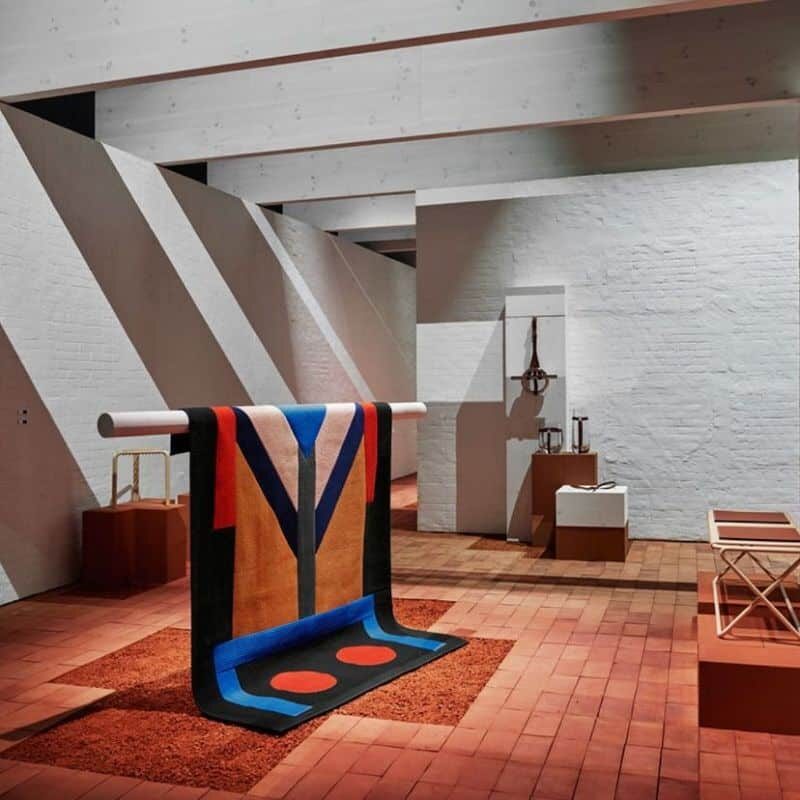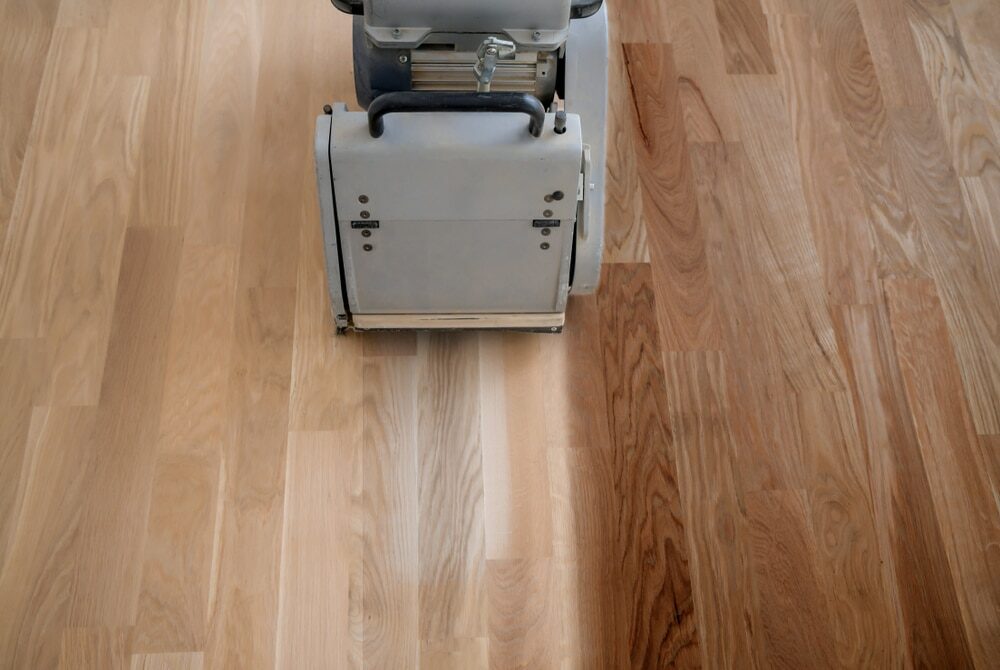London:
Nationwide:
The Best Practices for Drum Sanding Large Wooden Floors
Posted on August 24, 2023
Drum sanding
Mastering Drum Sanding: The Renaissance of Wooden Floors
There’s something inherently British about wooden floors. The rustic charm of timber underfoot echos memories of stately homes and generations past. It’s a surface that’s endured time in style and substance. But like any good story, its surface often becomes marred with scars of wear, tear, and age. That’s where the drum sander waltzes in, restoring these relics to their former glory.
Drum Sanding: A Brief Primer
Let’s acquaint ourselves with the star of the show: the drum sander. This is not just a tool; it’s a master artist in floor refinishing. The drum sander’s design is deceptively simple: a cylindrical drum that spins, equipped with sandpaper. It shaves off the worn-out surface when dancing across the floor, revealing the untouched wood below.1. Choose the Right Grit:
One doesn’t simply waltz onto a dance floor without choosing the right shoes. Similarly, one doesn’t drum sand without selecting the correct sandpaper grit. For feet that haven’t seen the light of a sander in eons or those that have been treated, start with a coarser grit, say 24 or 36. As the floor begins to submit to the sander’s embrace, move to finer grits (60, 80, and even 100) to achieve that flawless finish.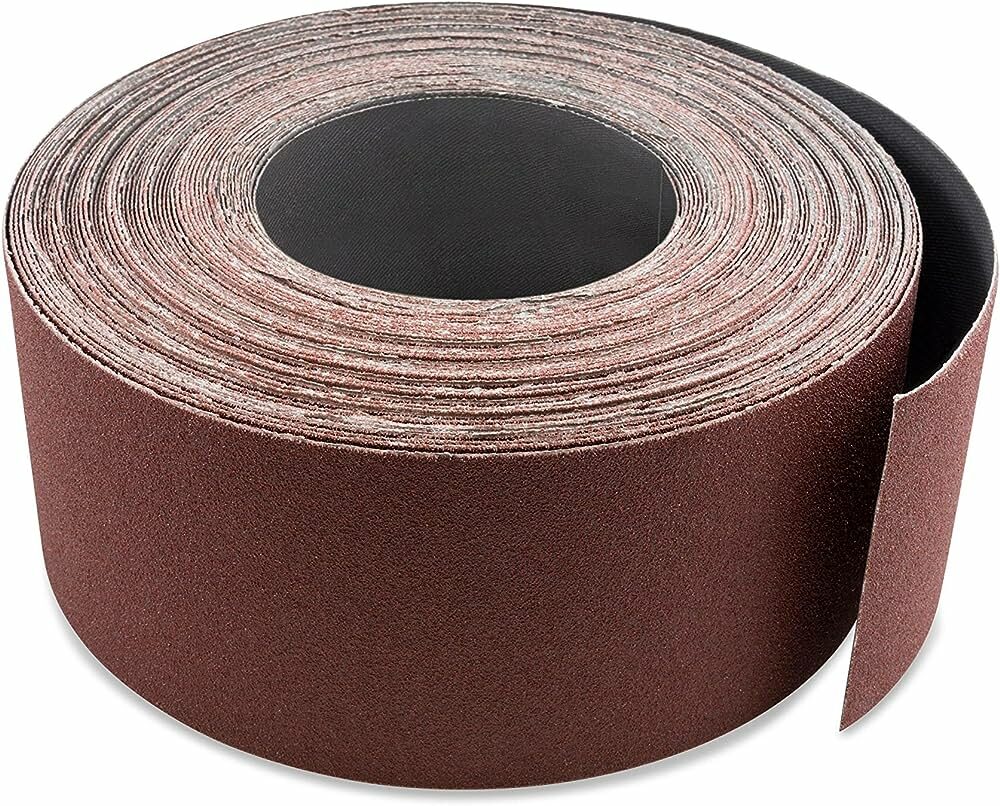
2. The Dance of the Drum:
Drum sanding is akin to a dance. A choreographed movement that requires attention and grace. Always sand in the direction of the wood grain. Going against it is akin to stepping on your dance partner’s feet; it’s just not done.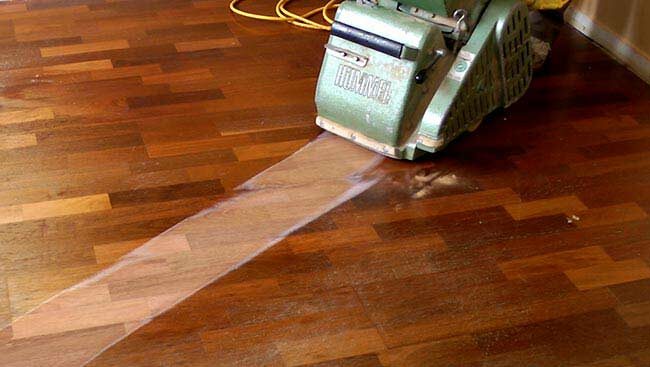
3. Steady Pace is Key:
Wood is a living entity with character and quirks. Rushing the process might result in gouges or uneven sanding. Maintaining a steady, uniform pace ensures consistent results. And remember, as with dance, it’s the rhythm, not speed.4. The Edge Dance:
Edges and corners are the wallflowers of the sanding world. They’re shy and often overlooked. But they deserve as much attention as the main floor. For these, an edger—a cousin of the drum sander—will be needed. This ensures every inch of your foot is uniformly sanded and primed for the finish.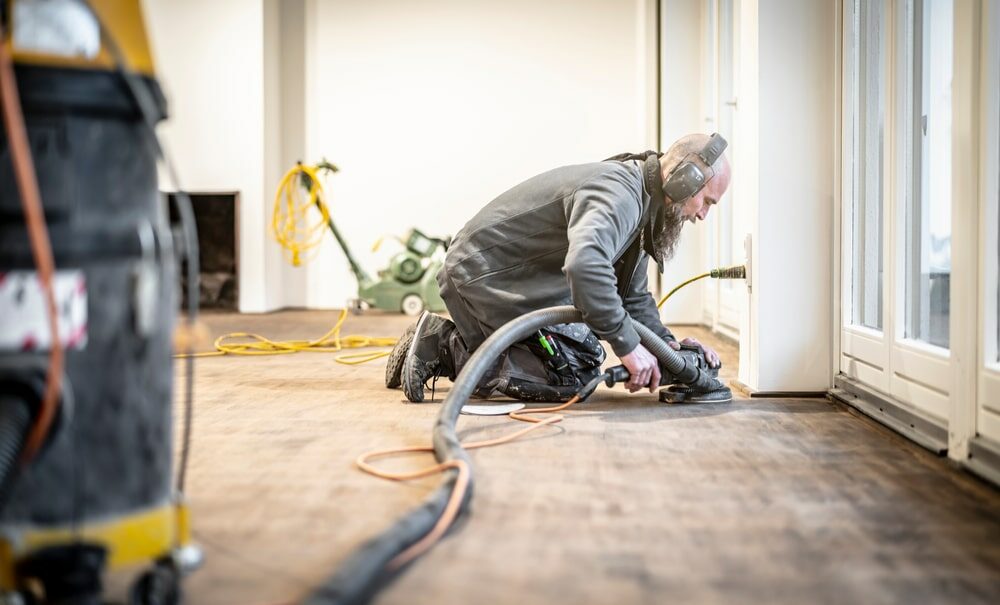
5. The Dusty Aftermath:
Sanding, while therapeutic, can be a dusty business. A dust mask is not just an accessory; it’s essential. Once the dance is over, a thorough cleanup ensures no dust interferes with the finishing stages.6. Finishing Flourishes:
Now, the canvas is ready. A stain can add character, while a sealant will protect. The choices here are myriad but always remember to select something that complements the wood’s natural charm.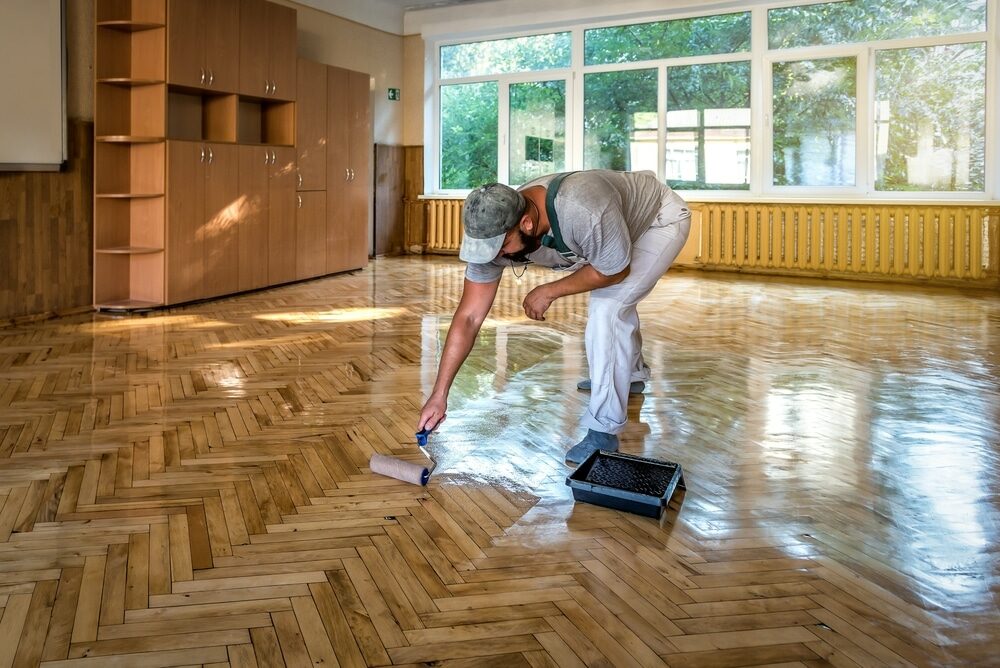
The Nuances of the Craft
Before one embarks on the rhythmic journey of drum sanding, there’s a certain romance to be found in the intricacies of the craft. Delving deeper into the layers of technique and precision can elevate the process from a mere task to an art form.The Prologue: Preparation
Every masterpiece has its foundation, and in the realm of drum sanding, it begins with the intro of preparation. Start by clearing the room of furniture and sweeping away any loose dirt or grit. This seemingly mundane step is pivotal. A single overlooked nail or screw might mar your sander or, worse, the floor itself.Tools of the Trade
While the drum sander takes center stage, other tools play supporting roles with equal importance. A pry bar can be essential for lifting old tacks or staples. Ear protectors shield against the symphony of the sander, while knee pads become a savior for those intimate moments spent with the floor’s edges.The ballet of balance
Anyone can push a sander, but to dance with one requires balance. The drum sander’s weight is a boon and a bane. It aids in sanding, but an uneven pressure distribution could lead to dips and undulations on the floor. Thus, as one guides this hefty instrument, one must be ever conscious, ensuring pressure is consistent and movement fluid.The Symphony of Sounds
As the drum sander roars to life, it communicates. The hum of the machine and the rasp of sandpaper against wood tell tales. A high-pitched squeal may indicate a rough patch, while a softer murmur suggests smoother terrain. Learning to tune in to this symphony can guide the craftsman, alerting them to areas that need more attention or caution.Mistakes: The Inevitable Dance Partners
Perfection is the aim, but even the most seasoned artists have off-beat moments. Mistakes—gouges, uneven patches, or missed spots—can happen. But they’re not the end. They’re merely a nudge, reminding us to pay heed, to adjust our rhythm, and to dance again. After all, wood is forgiving. A touch-up here, a re-sand there, and the floor is again ready for the spotlight.Closing Notes:
Wooden floors tell tales—of footsteps long gone, of moments cherished. Drum sanding isn’t just about refinishing; it’s about rekindling stories. It’s a renaissance of sorts. And when done right, it’s a testament to the timeless beauty of wood. In the heart of Britain, where the modern intertwines seamlessly with the ancient, there’s a unique appreciation for things that endure. Our wooden floors, with all their creaks and groans, are part of that legacy. Treating them with the care and reverence they deserve ensures they’ll continue to tell tales for generations to come.Some Useful Links:
- Stairs Sanding & Refinishing
- Floor Sanding Services
- School Floor Sanding
- Wood Floor Restorations
- Wood Floor Repairs
- Wood Floor Polishing
More from our Blog:
How to Achieve a Smooth and Even Finish with a Drum Sander How to Choose the Right Abrasive Grit for Drum Sanding Floors The Benefits of Using a Professional Drum Sander for Floor Sanding How to Handle Drum Sanding of Softwood Floors The Cost of Professional Drum Sanding Services for Wooden Floors Tips for Effective Drum Sanding of Narrow and Hard-to-Reach Areas The Differences Between Drum Sanding and Belt Sanding
Sanding
We provide virtually dust-free sanding with our continuous belt machinery with mobile extraction units, giving you a safer environment for your family.
Oiling
This organic finish not only adds beauty to your home but also has exceptional water-repellent characteristics, making it easier to clean and maintain.
Waxing
This natural floor finish offers the softest and most mellow appearance – and leaves your floor able to breath.
Buffing
Using soft buffing machines (and hand-polishing where required) will bring a wonderful sheen to your newly-finished floor.
Repairs
We offer a full assessment of your wooden floors to determine what repairs are needed to provide the perfect working surface for the later stages of sanding, staining and sealing.
Restoration
We offer a comprehensive restoration process designed to address floors that are improperly fitted or damaged over time through wear and tear.
Request a fixed price quote for your wood floor restoration now
Simply enter your postcode below to get started.
Services
Wood Floor Sanding Wood Floor Restoration Wood Floor Scratch Repair Squeaky Wood Floor Repair Parquet Floor Sanding Parquet Floor Restoration Commercial Floor Sanding Church Floor Sanding Community Centre Floor Sanding School Floor Sanding Gap Filling Gap Filling with ResinCopyright © Mr Sander®
Privacy & Cookies Terms & Conditions Complaints Procedure Cancellation Rights Sitemap
